20 Fun Ways to Teach Your Dog to Talk
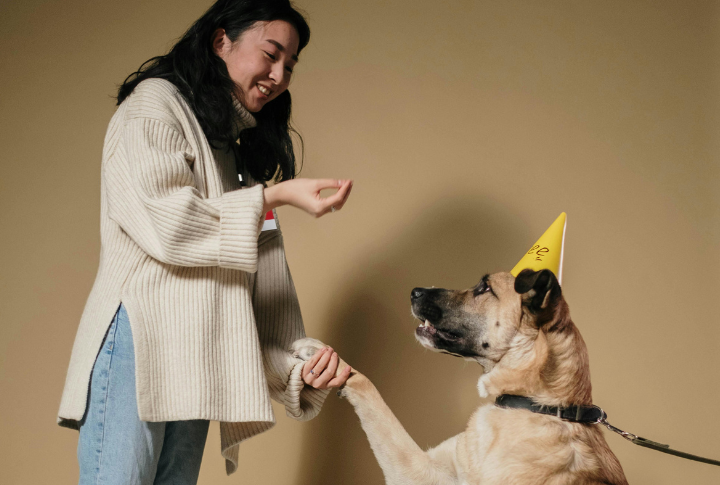
Ever caught your dog barking excitedly at the mailman or howling along with a passing siren? These moments often spark the desire to teach your furry buddy how to “speak” on command. With some playful training, even the quietest dogs can learn to vocalize on cue, bringing joy to everyone around. Ready to train your dog? Let’s dive into 20 exciting methods that just might surprise you!
Use a Simple Command for Barking

Pick an easy word like “speak” or “talk” to prompt your dog to bark. Be consistent—use the same word each time they bark naturally. Soon, your dog will start associating the command with the action and bark when prompted.
Reward with Treats to Reinforce Vocalization
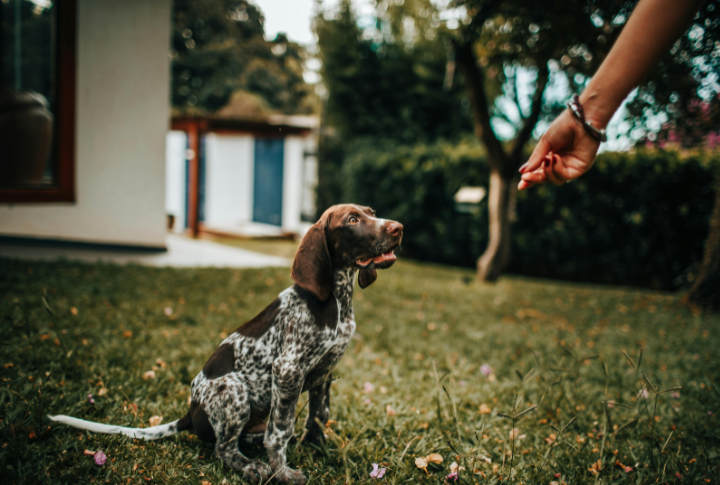
Each time your dog barks in response to your command, offer a treat, be it a small piece of chicken or their favorite biscuit. This positive reinforcement makes barking feel rewarding, increasing the likelihood that they’ll follow your command in the future.
Turn Training into a Game
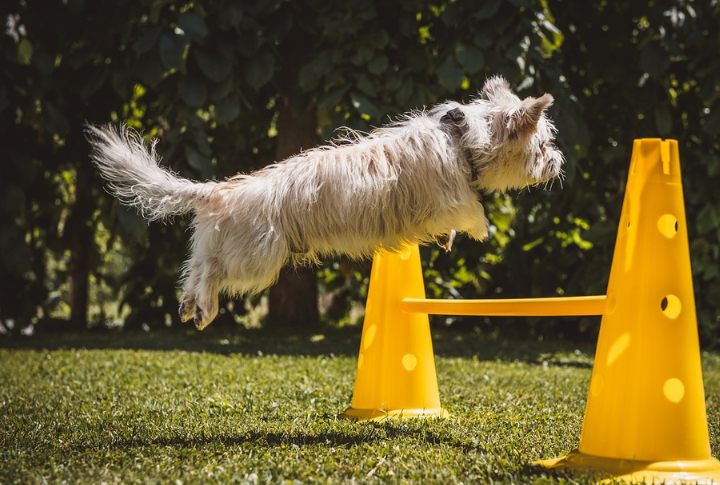
Training doesn’t have to be serious! Incorporate fun games like fetch with a squeaky toy or hide-and-seek to encourage your dog to bark out of excitement. This keeps your dog engaged and makes learning feel like playtime.
Encourage Mimicking Sounds

Dogs are great at imitating sounds. Try making fun noises like howls or growls to see if your dog will join in. When they mimic you, reward them with praise or a treat. This playful activity builds their vocal skills while keeping things light-hearted.
Use Common Household Sounds as Cues
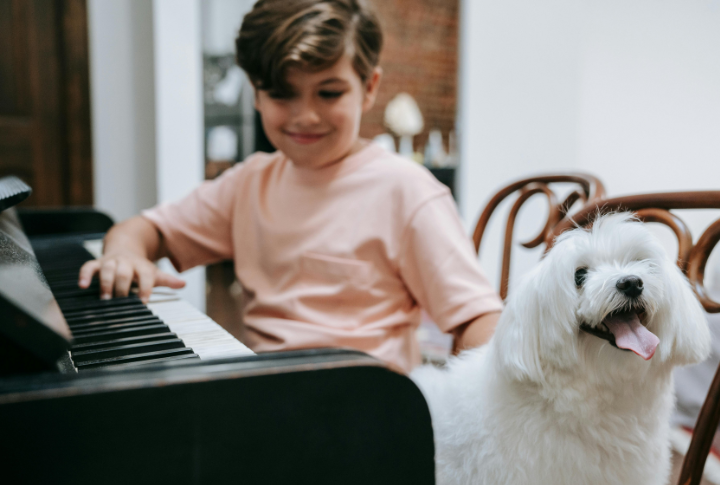
Incorporate familiar noises, like the doorbell or phone ringing, into your training sessions. When your dog barks at these sounds, reward them immediately. This helps connect real-world sounds to barking on command.
Show Dog Videos for Inspiration
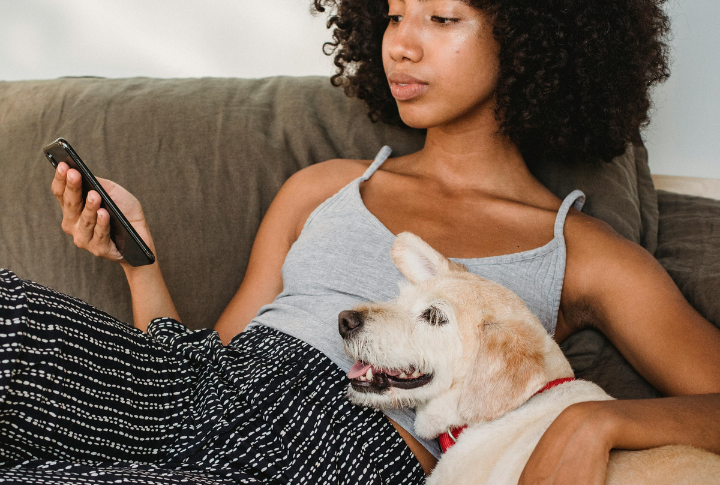
Yes, even dogs love a good video binge! Try showing clips of dogs barking or playing and see if your dog gets excited and joins in. This can turn into a fun training session as your dog tries to mimic the actions of the dogs on screen.
Practice Daily to Build Consistency
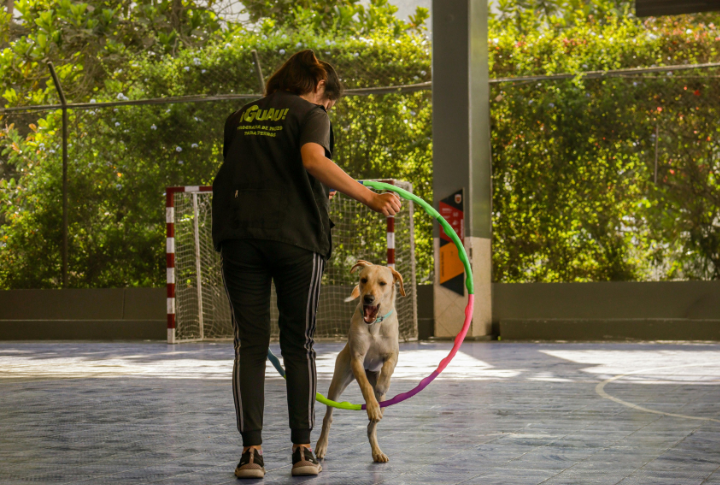
Set aside time each day for short practice sessions. Regular practice ensures your dog understands that training is part of the daily routine. Keeping it short and fun will make your dog look forward to these sessions.
Use Toys for Added Motivation
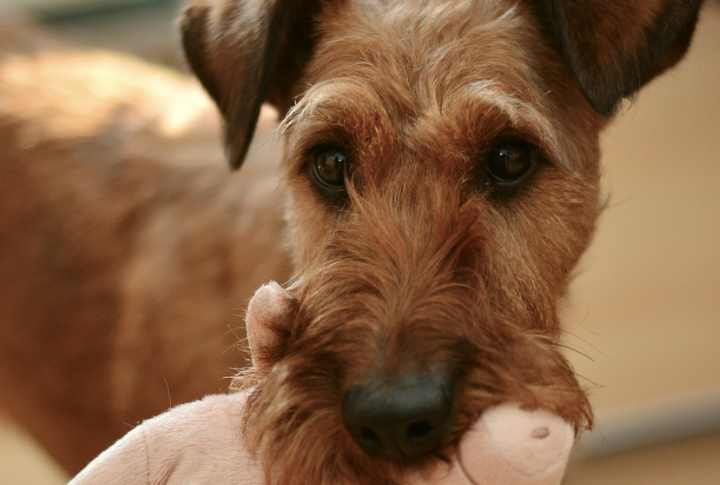
Incorporate your dog’s favorite toys into training. A squeaky toy, for example, might prompt them to bark when they pick it up. Connecting their favorite activity like playing with vocalizing makes training even more exciting.
Get Everyone Involved

Training doesn’t have to be a solo task. Involve the whole family to expose your dog to different voices and commands. This can make them more adaptable to different people and build their confidence in responding.
Experiment with Voice Tones
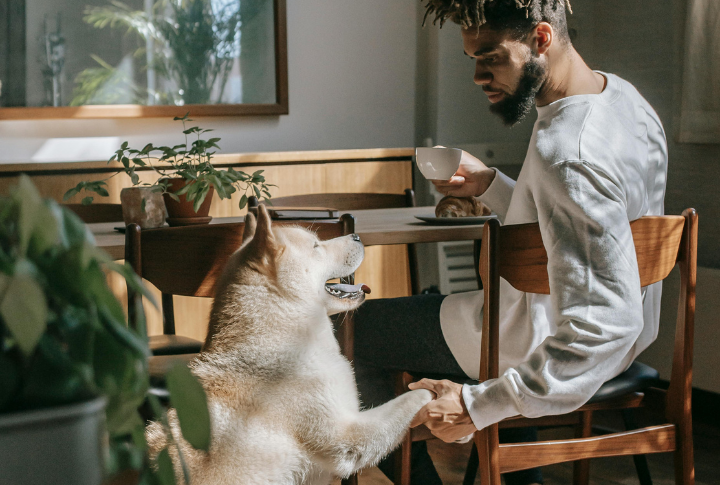
Dogs respond to changes in tone and pitch. Try using a higher, more enthusiastic voice when you want your dog to bark. A lively, energetic tone can encourage a vocal response much more effectively than a monotone command.
Connect New Commands with Familiar Actions
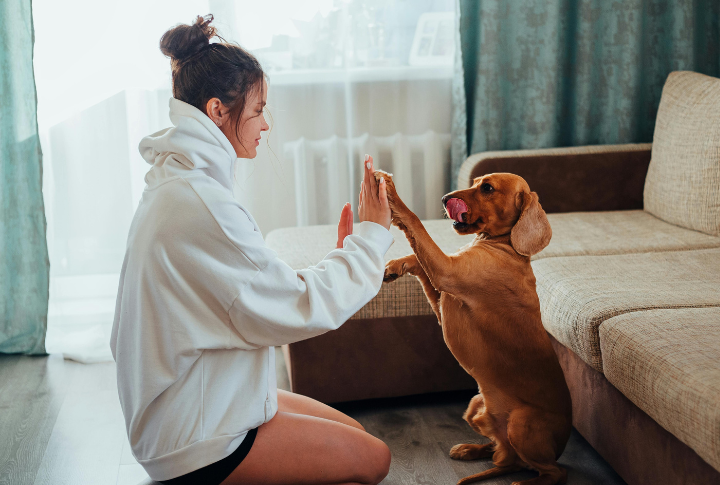
Link new commands with ones your dog already knows. For example, if your dog knows “sit,” follow it up with “speak.” This makes it easier for them to connect the dots between the old and new commands, reinforcing their understanding.
Consider Joining a Training Class
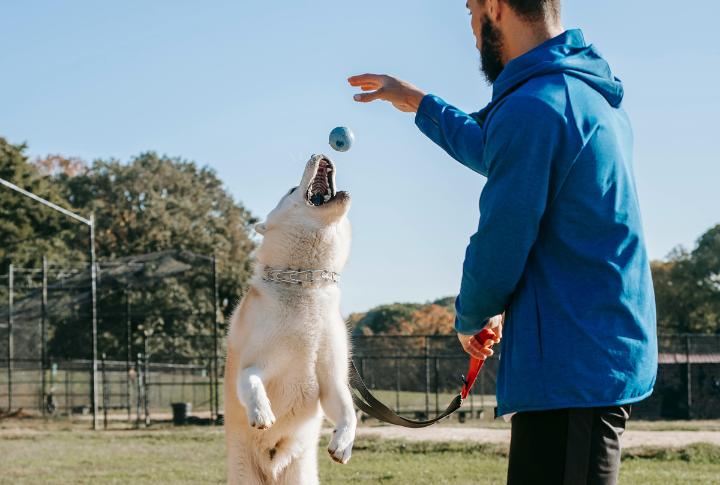
If you’re looking for extra guidance, consider signing your dog up for a local training class. Not only can professional trainers offer helpful tips, but the social environment will help your dog build confidence around other dogs.
Incorporate Hand Signals for Extra Clarity
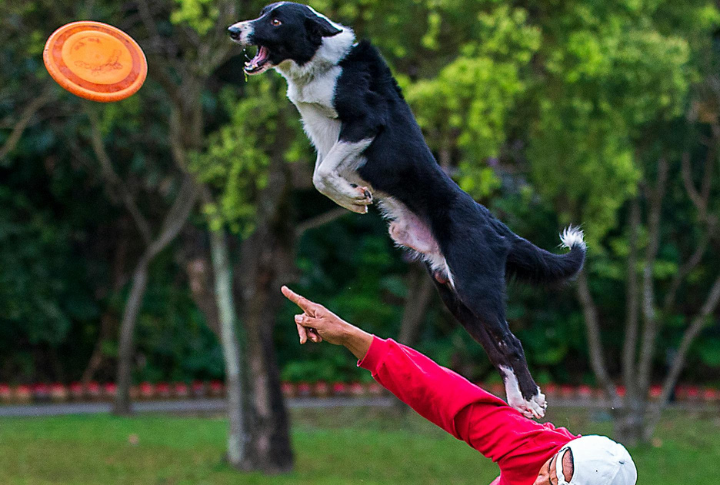
Dogs are visual learners too! So, pair a hand signal, like raising your hand, with your verbal command to bark. This combination of cues makes it easier for your dog to understand what’s expected.
Use Walks as Training Opportunities
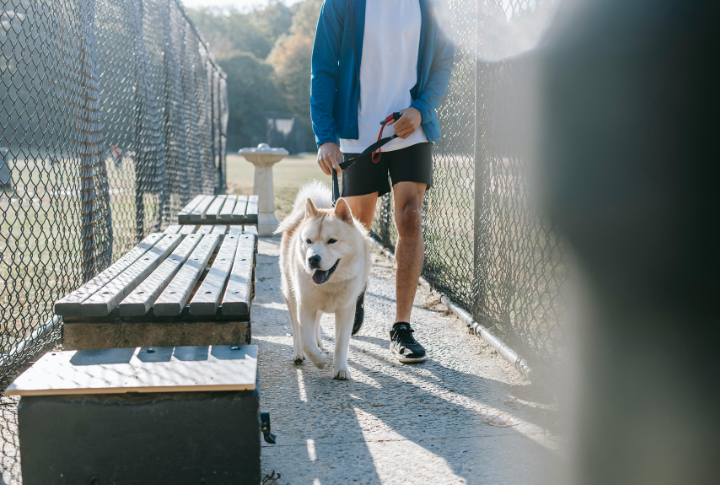
Your daily walks are the perfect time to practice. And you can do this by encouraging your dog to bark when they see another dog or an unfamiliar person. This real-world practice reinforces the training, helping them learn in different environments.
Create a Routine to Establish Consistency
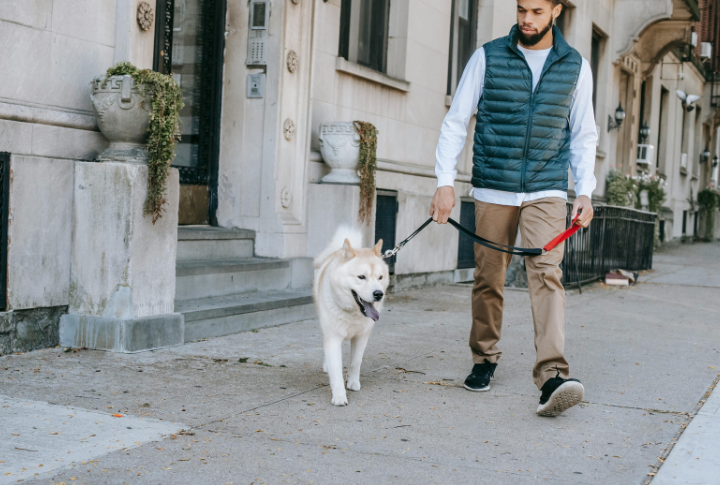
Establish a consistent training schedule by integrating vocal training into your regular routine. You could try practicing after meals or during playtime. Routine helps your dog anticipate the sessions, making them more engaged.
Keep Training Sessions Short and Fun
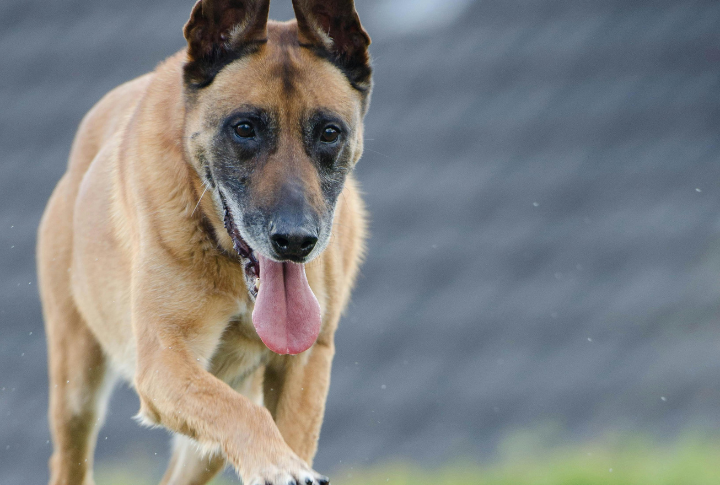
Keep training sessions brief, ideally around 5 to 10 minutes. This keeps your dog excited and motivated without overwhelming them. And always wrap up on a positive note with treats or praise to keep them eager for the next session.
Use a Clicker for Clear Feedback
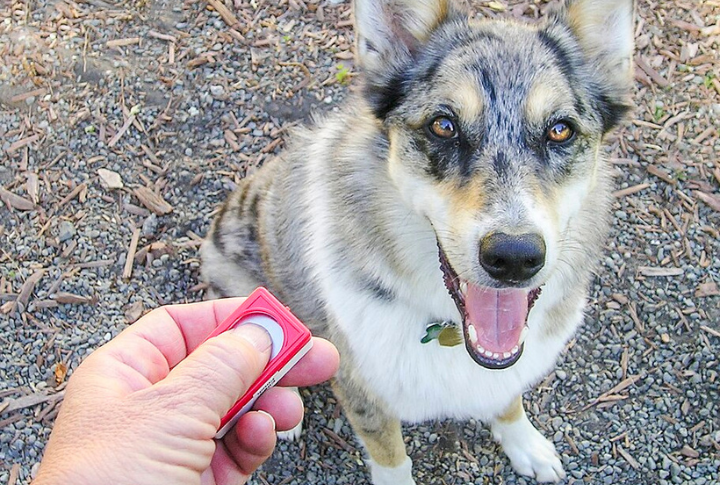
Clicker training can offer clear and instant feedback. Click when your dog successfully barks on command, then reward them with a treat. This method helps your dog quickly grasp which behaviors earn rewards.
Invite Friends Over for Social Training
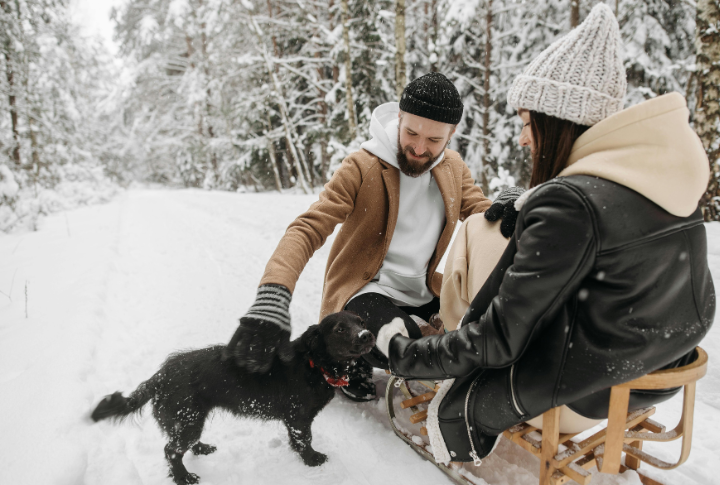
Create a fun training atmosphere by inviting friends over to watch. This gives your dog a chance to show off their skills in front of others. It also helps them build confidence and enthusiasm.
Celebrate Every Milestone
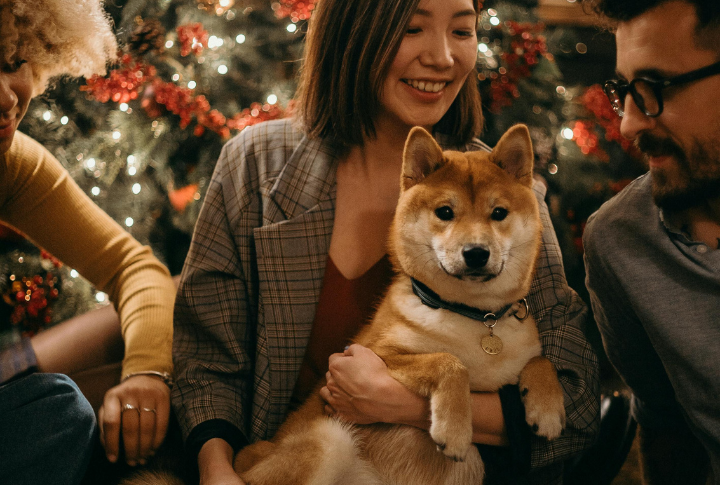
No matter how small the progress, be sure to celebrate. When your dog barks after several attempts or responds to a new command, acknowledging these wins with praise will keep them motivated.





